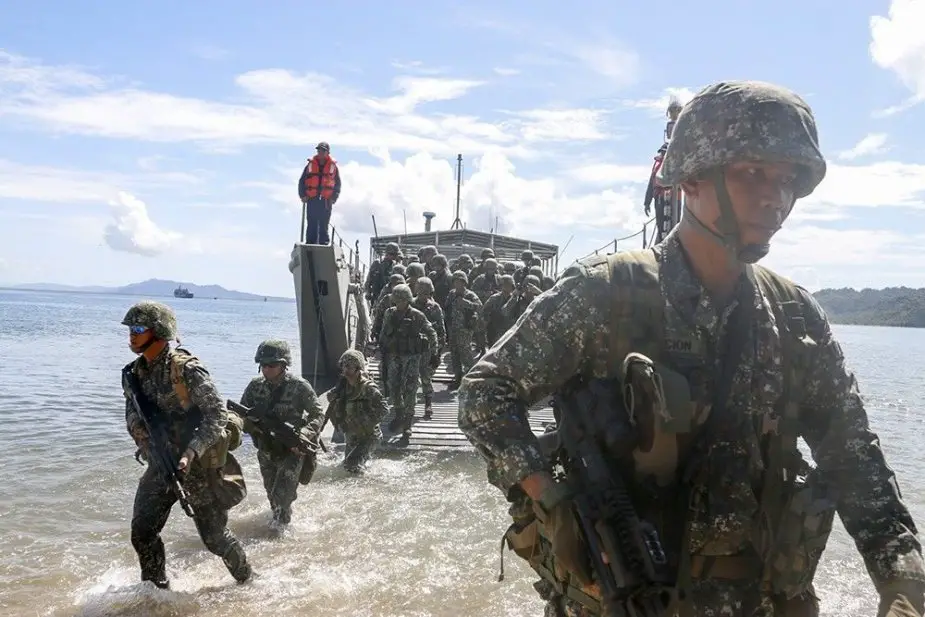On May 9, Philippine and US forces simulated a landing operation on a South China Sea beach, as part of annual maneuvers that Philippine President Rodrigo Duterte had previously threatened to cancel.

Operation "Balikatan" involved 5,400 soldiers for the landing of U.S. and Philippine forces (Picture source: Ph. Star)
These annual exercises involving the two countries seemed destined to disappear, when Philippine President Duterte reoriented his foreign relations to China, turning back to the United States to which the Philippines is bound by a mutual defense treaty. For some experts, the Filipino generals could have managed to bring the impetuous Philippine president into the ranks.
Interestingly, the number of military personnel participating increased by a third this year: 8,000 soldiers were involved, a number comparable to that of the past. In 2017, the so-called "Balikatan" (shoulder to shoulder) exercises had gathered 5,400 soldiers, less than half the number of soldiers who had participated in the 2015 edition, the largest of its kind then under the reign of Duterete’s predecessor, Mrs Benigno Aquino.
The bulk of the maneuvers - including a live ammunition exercise that did not take place last year - took place on a naval base 180 km east of Scarborough Reef which is controlled by China but claimed also by the Philippines. The "Balikatan" maneuvers have long been perceived as a show of force against Beijing's pretensions.
President Duterte had taken the opposite side of his predecessor, who was confronting China directly on this issue, preferring to seek to improve economic, political and military relations with Beijing. In 2016, he said that joint military exercises with the United States were a "humiliation", threatening to cut off all ties with Washington in defense matters. Other maneuvers have since been canceled.














